The onset of winter in Germany brings with it a renewed focus on heating systems and energy consumption. As temperatures drop, households across the country grapple with the challenge of staying warm while managing costs and environmental impact. The German approach to heating regulation is a fascinating blend of engineering precision, cultural habits, and policy-driven sustainability measures.
Heating systems in German homes are often a topic of curiosity for outsiders. Unlike many countries where centralized heating is the norm, Germany has a diverse range of systems. From traditional coal-fired ovens in some older buildings to modern district heating networks in urban areas, the infrastructure reflects the nation's historical and regional diversity. The most common systems today use natural gas, followed by oil and increasingly, renewable sources like heat pumps and solar thermal installations.
The famous German thermostatic radiator valves exemplify the cultural emphasis on precise control. These numbered dials, typically ranging from 1 to 5, allow residents to regulate temperature room by room with remarkable accuracy. The system encourages energy consciousness while providing individualized comfort - a perfect metaphor for Germany's balanced approach to modern living.
Energy efficiency has become a national priority in recent years. The Energieeinsparverordnung (Energy Saving Ordinance) sets strict standards for building insulation and heating system performance. Many homeowners are retrofitting properties with better windows, wall insulation, and modern heating controls. The government supports these efforts through subsidies and tax incentives, recognizing that improving existing buildings is crucial for meeting climate targets.
Behavioral patterns around heating reveal much about German domestic culture. The famous "Stoßlüften" (shock ventilation) practice - opening windows wide for short bursts rather than keeping them slightly open - demonstrates the systematic approach to air quality and energy conservation. Similarly, the cultural norm of wearing sweaters indoors during winter reflects a pragmatic acceptance of slightly cooler temperatures for the sake of sustainability.
The transition to renewable heating sources presents both challenges and opportunities. Heat pumps have gained significant traction, particularly in new constructions, though their efficiency depends heavily on proper installation and building insulation standards. District heating systems in cities are increasingly incorporating waste heat from industrial processes or renewable sources. Meanwhile, the phase-out of oil heating systems continues gradually, with complete prohibition planned for new installations from 2026.
Rental properties present unique considerations in heating regulation. German tenancy law gives tenants considerable rights regarding heating adequacy, while also holding them responsible for proper ventilation to prevent mold. The standard practice of listing energy efficiency ratings in rental advertisements influences both pricing and tenant choices, creating market incentives for property owners to upgrade systems.
Smart heating technologies are making inroads, though adoption varies by demographic. Younger, tech-savvy homeowners embrace app-controlled thermostats and learning systems that optimize heating schedules. More traditional users often prefer the simplicity and reliability of mechanical controls. The market now offers hybrid solutions that bridge this gap, providing digital convenience while maintaining straightforward manual operation.
The geopolitical landscape has profoundly impacted German heating policies and practices. Recent energy supply uncertainties have accelerated the shift away from Russian gas imports, prompting both short-term conservation measures and long-term infrastructure changes. Public awareness campaigns emphasizing energy-saving heating practices have become commonplace, with tips ranging from optimal thermostat settings to furniture placement for better heat circulation.
Looking ahead, Germany's heating sector stands at a crossroads between tradition and innovation. The country's renowned engineering expertise and environmental consciousness position it well to develop solutions that could influence global practices. However, the transition must balance technical possibilities with social acceptance and economic feasibility - a challenge that will define the next decade of German heating culture.
What remains certain is that Germany's approach to heating regulation will continue to evolve, shaped by technological advances, environmental imperatives, and the practical needs of keeping warm during those long, dark winters. The interplay between individual habits, technical systems, and policy frameworks makes this everyday aspect of German life a microcosm of larger societal trends toward sustainability and efficiency.

By Laura Wilson/Apr 14, 2025

By Joshua Howard/Apr 14, 2025

By John Smith/Apr 14, 2025
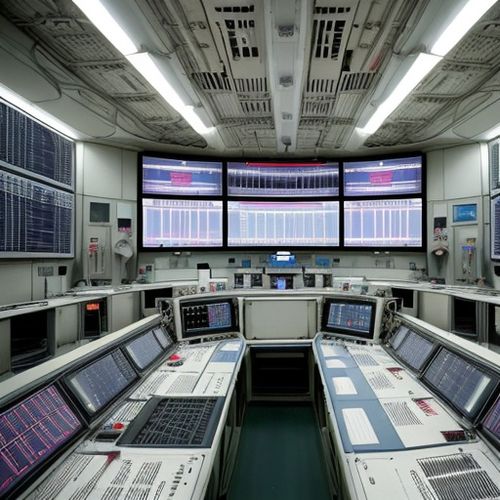
By George Bailey/Apr 14, 2025

By Thomas Roberts/Apr 14, 2025
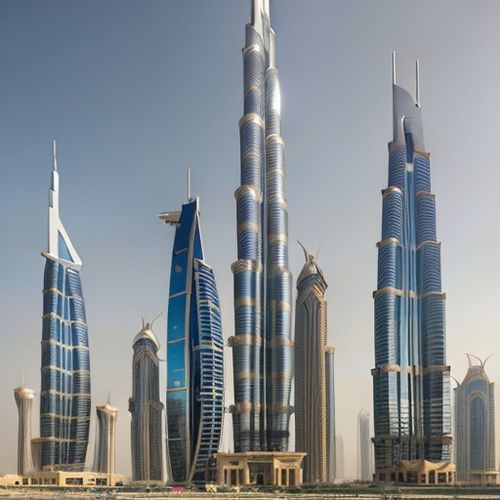
By Amanda Phillips/Apr 14, 2025
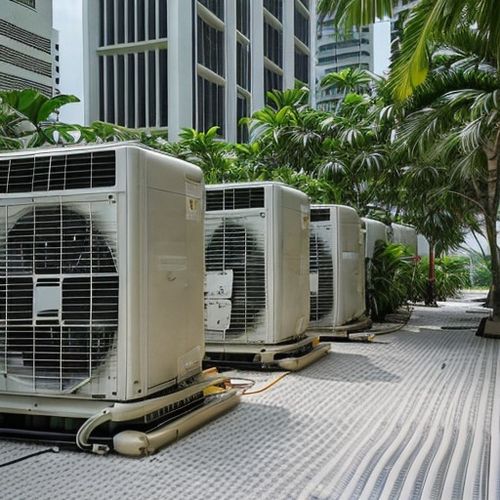
By Daniel Scott/Apr 14, 2025
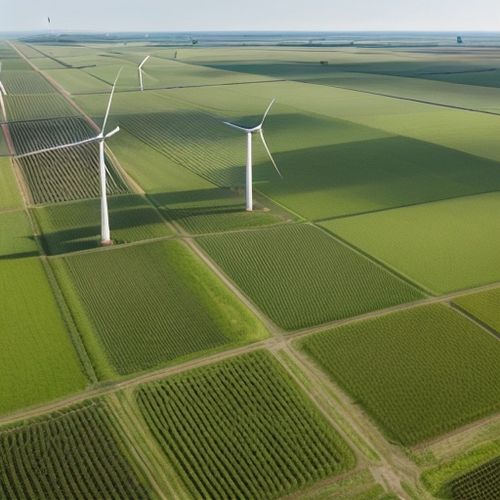
By John Smith/Apr 14, 2025

By Amanda Phillips/Apr 14, 2025
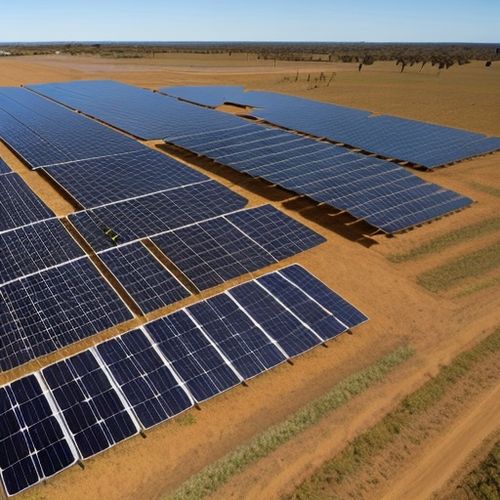
By Christopher Harris/Apr 14, 2025

By Eric Ward/Apr 14, 2025

By Eric Ward/Apr 14, 2025
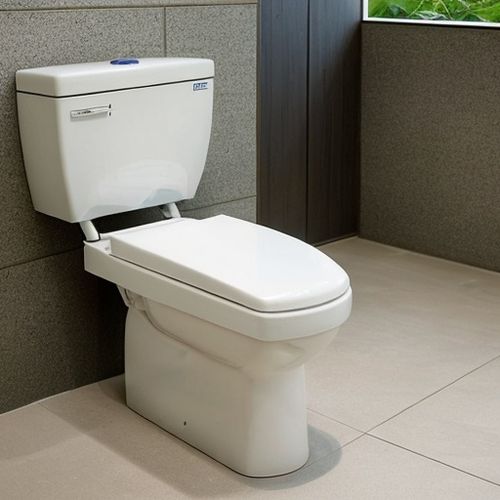
By David Anderson/Apr 14, 2025

By Thomas Roberts/Apr 14, 2025

By Grace Cox/Apr 14, 2025
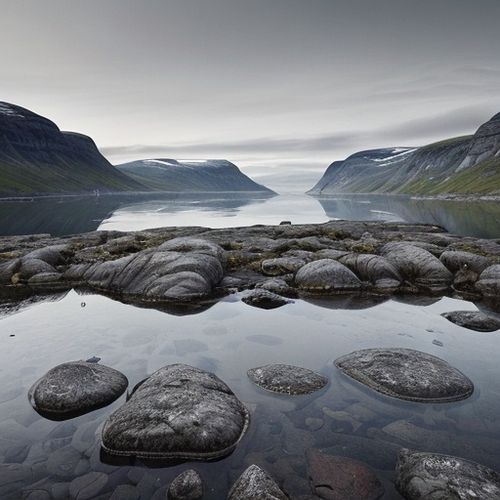
By George Bailey/Apr 14, 2025

By Ryan Martin/Apr 14, 2025

By Thomas Roberts/Apr 14, 2025
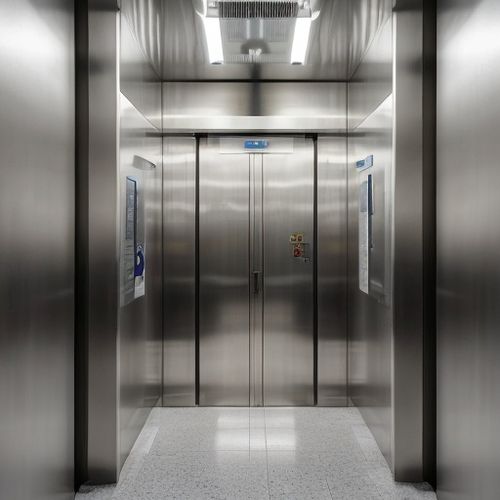
By Samuel Cooper/Apr 14, 2025
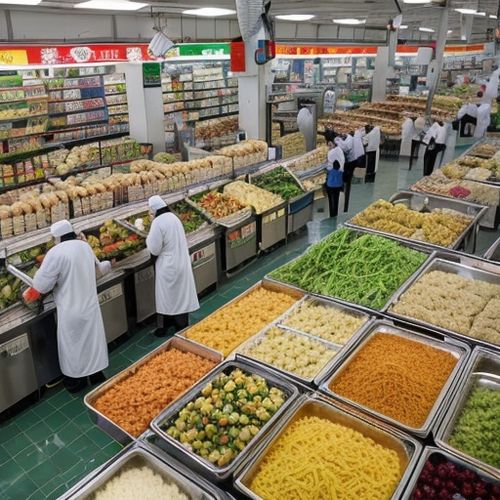
By Rebecca Stewart/Apr 14, 2025